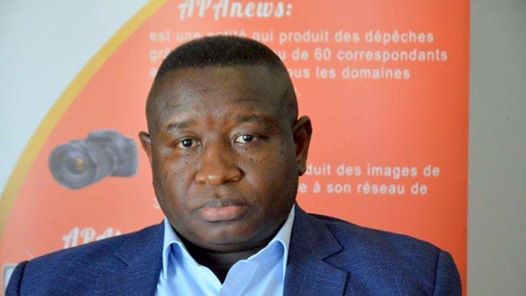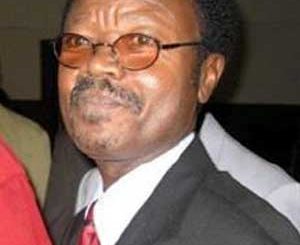
A Commentary By Ranger
The Finance Minister in the 2019 budget has spoken of a significant increase in national income. Maybe, that is the reason why our MPs called for a mouth-watering increase in their salaries and welfare. The demand by the MPs has seen other employed sectors also calling for wage increases.
However, for the majority of ordinary average Sierra Leoneans caught in the poverty trap because of weak dysfunctional state institutions, disease ridden environments, low productivity and access to global markets or simply by the fact that poverty is overwhelmingly self-perpetuating, can the trap be escaped?
There is much to do to translate growth into better and faster poverty reduction. Looking at the progress data for the millennium development goals (MDGs) for Ghana and Zambia there’s nowhere near the kind of progress you would hope to see on income poverty.
For example, twenty years of growth in Ghana has reduced the number of people living on $1.25 or less from just over 7 million to just under 7 million – and inequality (as measured by the Gini coefficient) rose significantly.
What shall we take from this? Not least, it suggests that public and private investment (including aid) can help even the poorest countries get rich (er). This is one more reason why optimism should come back into fashion.
As Sierra Leone seeks to develop on our own resources, fighting poverty becomes increasingly about domestic politics. Sweeping transformations are first and foremost needed to unlock their potential to help feed and employ a younger, more crowded country whose youths are largely uneducated and unemployed.
FAO states that millions of such young people in developing countries who are poised to enter the labour force in the coming decades need not flee rural areas to escape poverty.
There is ample evidence that changes to rural economies can have major impacts. Transformation of rural economies have been credited with helping hundreds of millions of rural people lift themselves up out of poverty since the 1990s.
The state of Food and Agriculture 2017 says rural areas actually have vast potentials for economic growth pegged to food production and related sectors. And with the majority of the poor and hungry living in these areas, achieving the 2030 development agenda will hinge on unlocking that oft-neglected potential, it adds.
Doing so will require overcoming a thorny combination of low productivity in subsistence agriculture, limited scope for industrialization in many places, and rapid population growth and urbanization — all of which pose challenges to developing nations’ capacity to feed and employ their citizens.
The question is: How can the government and its economic development partners in the shortest possible time revolutionize the country’s potentially lucrative untapped agriculture and agro-industries into turning the country into a huge employment and economic hub for its teeming unemployed youths?



